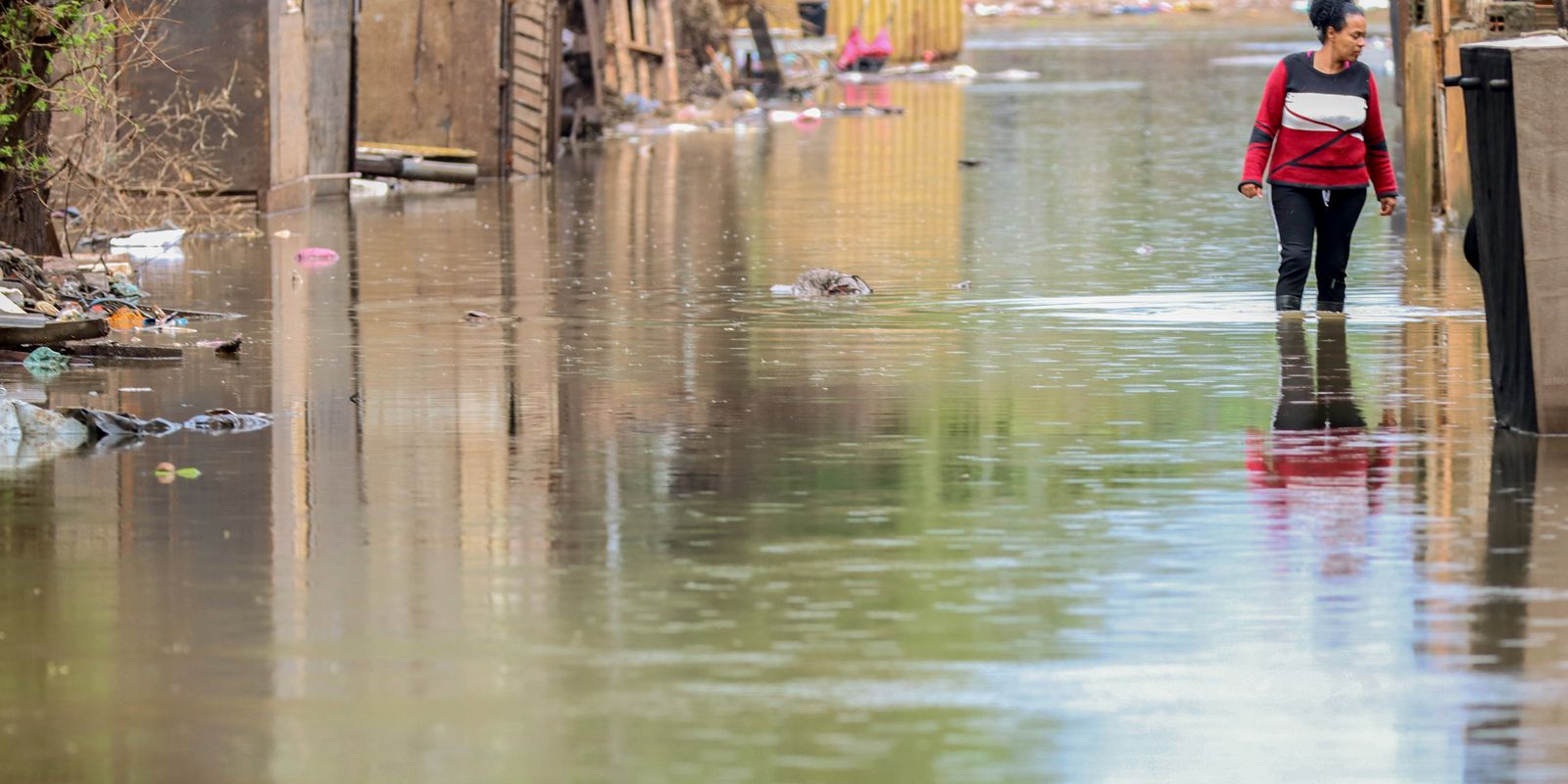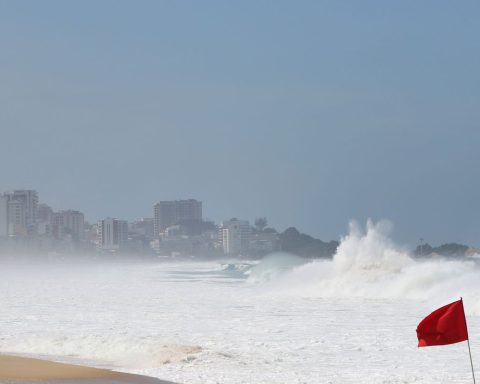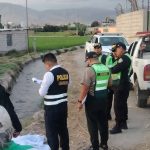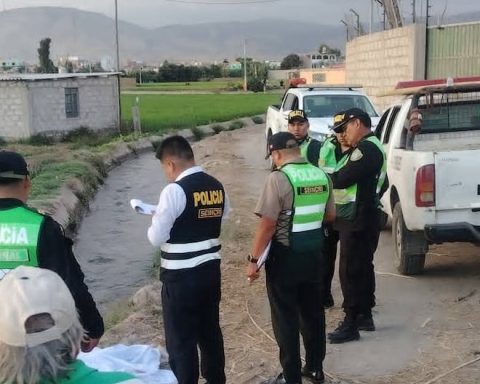The National Institute of Meteorology (Inmet) issued this Monday (30) a storm warning with a degree of danger for Rio Grande do Sul, with rain between 30 and 60 millimeters per hour (mm/h) or between 50 and 100 millimeters per day (mm/day). The warning indicates intense winds, between 60 and 100 km/h, and hail in some regions. 
The bulletin also warns of the risk of electricity cuts, damage to crops, falling trees and flooding. The areas most affected by the storm warning are: the Southwest and Southeast of Rio Grande do Sul, the metropolitan region of Porto Alegre, the Western and Eastern Center of Rio Grande do Sul, in addition to the Northwest region of the state.
Currently, the state has 55 cities affected by the rains that have hit the state of Rio Grande do Sul since the 21st. The bulletin from the Civil Defense of Rio Grande do Sul, released at 4pm, indicates that the accumulated rainfall could vary between 30 and 80 mm over areas of Campanha, South, Costa Doce, Northwest, North, Northeast and Serra. In other regions, the accumulations must be less than 25 mm.
In the early hours of this Tuesday (1st), the cold front begins to advance through Gaucho territory. The flow of heat and humidity coming from the north of the country intensifies even further, favoring the formation of thunderstorms, with electrical discharges and eventual hail.
Accumulations can vary between 30 and 80 mm/day in Campanha, South and Costa Doce, while in other regions they are below 25 mm/day. Wind gusts associated with storms can exceed 80 km/h.
In the early hours and morning of Wednesday (2), the cold front continues to act especially in the North of Rio Grande do Sul with storms, electrical discharges and possible hail. Accumulations can vary between 30 and 80 mm/day in the Northwest, Central-North, Northeast and Serra.
Wind gusts, associated with instability, can exceed 90 km/h. At night, the weather becomes firm again. The trend is that, on Thursday (3), the weather will remain firm in all regions
Civil Defense advises the population to turn off electronic devices, close doors and windows tightly, seek safe shelter, and avoid crossing floods on foot or by car. In case of emergency, contact must be made by calling 190 or 193.


















